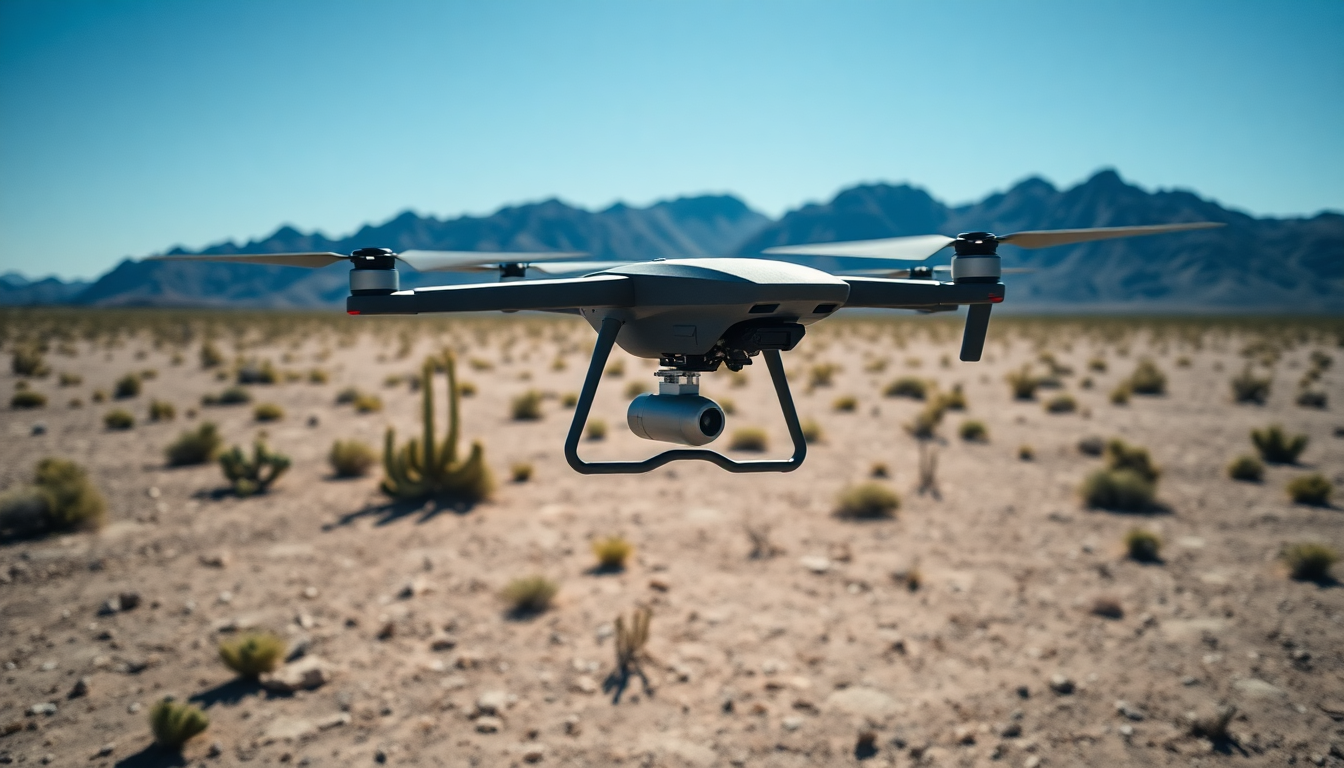Table of Contents
The rise of drones in drug trafficking has become a hot topic at the Arizona-Mexico border, sparking serious concerns among law enforcement and state officials. While reported crossings have seen a decline, the drug trade is still thriving. Cartels are getting creative in how they transport illegal substances, and Arizona Attorney General Kris Mayes is sounding the alarm about the growing use of drones in U.S.
airspace—especially amidst the state’s escalating fentanyl crisis.
Understanding the Drone Threat
In recent years, Mexican drug cartels have turned to drones as a way to smuggle drugs across the border. This strategy has gained attention, particularly after bipartisan legislation was passed in Arizona, empowering law enforcement to disable or even shoot down these unmanned aerial vehicles.
Mayes has underscored the gravity of the situation, pointing out that although human crossings have been better controlled, the influx of fentanyl via drones is still a major concern.
“We have seen a huge influx of fentanyl being delivered across the border by these drones, which are capable of transporting various dangerous payloads,” Mayes stated.
“The number of drone incursions within the U.S. has become alarming, often reaching as far as 50 miles into Arizona territory.” This unsettling trend highlights how drug cartels are adapting their tactics and the urgent need for law enforcement to keep pace.
Political Implications and Law Enforcement Responses
Mayes has been vocal about the insufficient resources allocated to tackle this growing issue, calling for more personnel from the Drug Enforcement Administration (DEA) to support local efforts. Despite the political squabbles surrounding border policies, effective drug enforcement remains a shared concern across party lines.
Some officials, like Maricopa County Attorney Rachel Mitchell, have noted a recent dip in fentanyl cases; however, the overall distribution of this dangerous drug still poses a significant challenge for Arizona.
In light of the increasing drone activity, Mayes successfully pushed for legislation that empowers local law enforcement to confront these aerial threats head-on.
She emphasized the need for strong measures to safeguard communities from the dangers of narcotics delivery via drones, which could potentially lead to an uptick in other criminal activities.
Community Impacts and Future Predictions
While some border areas, such as Yuma, have reported a decline in crime, the effects of drug trafficking on local economies and public safety are hard to ignore. Yuma’s Mayor Douglas Nicholls pointed out that although cartel activity primarily remains south of the border, the fallout from cartel violence and resource strain continues to affect the community. “The drug trade is a countrywide issue that extends beyond our borders, affecting our local economy and public health,” he explained.
As the situation continues to evolve, Arizona officials need to stay alert in their fight against drug trafficking by adopting innovative strategies and enhancing collaboration with federal agencies. The growing use of drones in drug smuggling presents unique challenges that require immediate attention and strategic planning to ensure the safety of residents and maintain the integrity of communities across the state.





